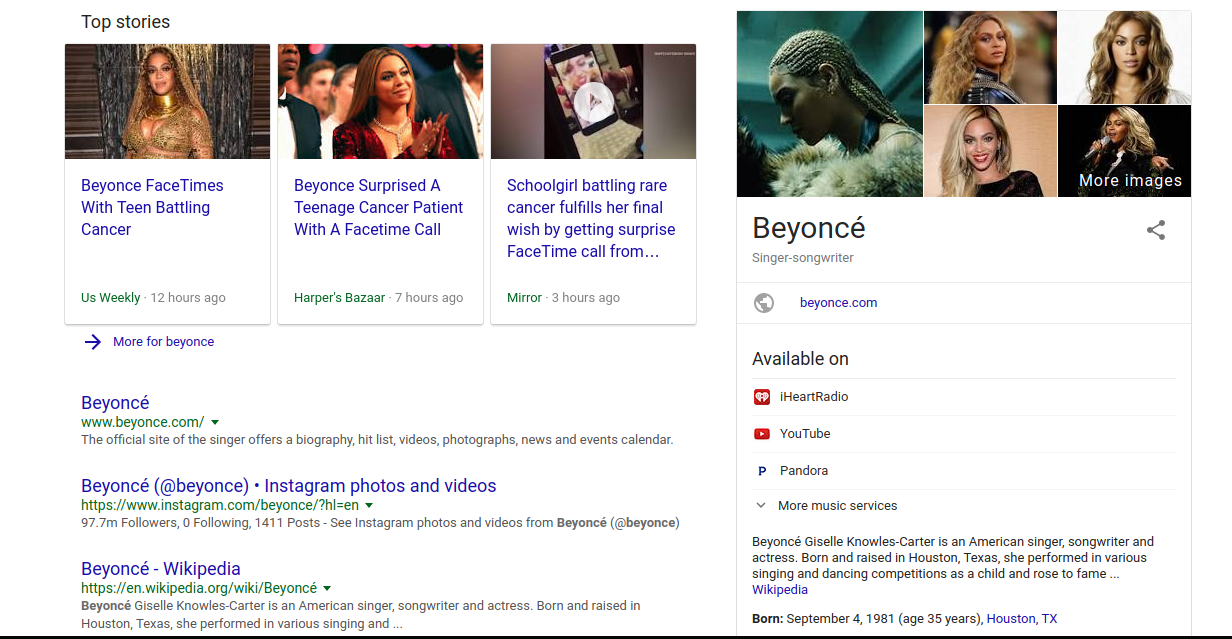Where social media marketing is concerned, consistency is key.
Whether you focus on a handful of social media networks or fully embrace the wide range of platforms available, it’s essential to create a uniform brand experience across all channels.
Unfortunately, what should happen and what does happen are not always the same thing. According to Oracle, 4 out of 5 customers report disjointed online experiences. Meanwhile, brands that invest in a consistent multi-source experience can cultivate customers who spend twice as much as average consumers.
Put simply, if you’re not ensuring cross-channel consistency for your own brand, you need to be.

Telling a story
According to Jeff Baker, Director of Digital Marketing Strategy at Brafton, consistency is essential to storytelling in cross-channel marketing.
“For the most part, people aren’t buying products as much as they’re buying a story,” Jeff said. “When you’re buying a Mercedes over a BMW, you’re buying one story, one experience, over another. You’ve had this consistent messaging hammered into you. You know what it represents. There’s no break in continuity from the Mercedes web page to its Facebook and Twitter.”
Modern consumers regularly switch between different channels before making a purchase, and they have behaved this way for some time. As far back as six years ago, only one-third of shoppers stuck with a single channel to make a purchase. Since then, the demand for multi-channel buying experiences has only grown larger.
“Providing a clear strategy across multiple channels helps consumers associate your brand with its messaging,” Jeff continued. “If there’s a break in continuity, a different logo or different messaging, it interrupts that flow and ruins that experience completely. You lose credibility. If you can’t get your act together with what you’re saying on social channels, then how can consumers trust your brand as a whole?”
Beyond storytelling and credibility, consistency serves another business purpose: search engine optimization.

Supporting SEO
To understand the importance of consistency for SEO, you must first consider Google’s Knowledge Graph, the box that appears on the right-hand side of search engine results pages. Using semantic-search information to pull from its seemingly endless warehouse of sources, Google arranges details in its Knowledge Graph in an attempt to provide users with all the pertinent information they want so they don’t have to search further.
If you Google “Beyoncé” – and let’s be honest, who doesn’t? – you’d be treated to a Knowledge Graph with multiple images of the singer-songwriter, where her music is available, a link to her Wikipedia page, a list of hit songs, her social media profiles, famous quotes and more.

Your brand may not be Beyoncé, but there’s no doubt you want users to find a similar collection of accurate information regarding your business. Here’s where consistency comes in.
“The Knowledge Graph can be impacted if you screw up your NAP (name, address and phone number),” Jeff said. “Google will pull from different resources to determine you are who you say you are. That can go awry if you’re not updating what’s being reported to Google. If you have one address on your web page, one on your Twitter, one on your Facebook, and so on, that can have a major impact, especially if you’re a brick-and-mortar business.”
In short, if you’re not controlling your social input and ensuring it stays consistent across channels, you’re leaving the door open to big trouble.
Keeping consistent
The secret of cross-channel consistency is the same as any healthy relationship: communication.
“Teams need to be working together – no silos,” Jeff said. “All parties that are going to be working on a project should be having conversations together at least monthly. Work out each month’s messaging. Understand your brand’s positioning. Determine what you want to accomplish. Everybody needs to be singing exactly the same tune. Different voices on different platforms breaks the experience for visitors.”
It’s not Fred on Facebook and Tiffany on Twitter. It’s your brand, and it should be sharing the same messaging regardless of the channel, from the stories being told to the technical information being shared.
We’re confident Beyoncé wouldn’t want it any other way.





